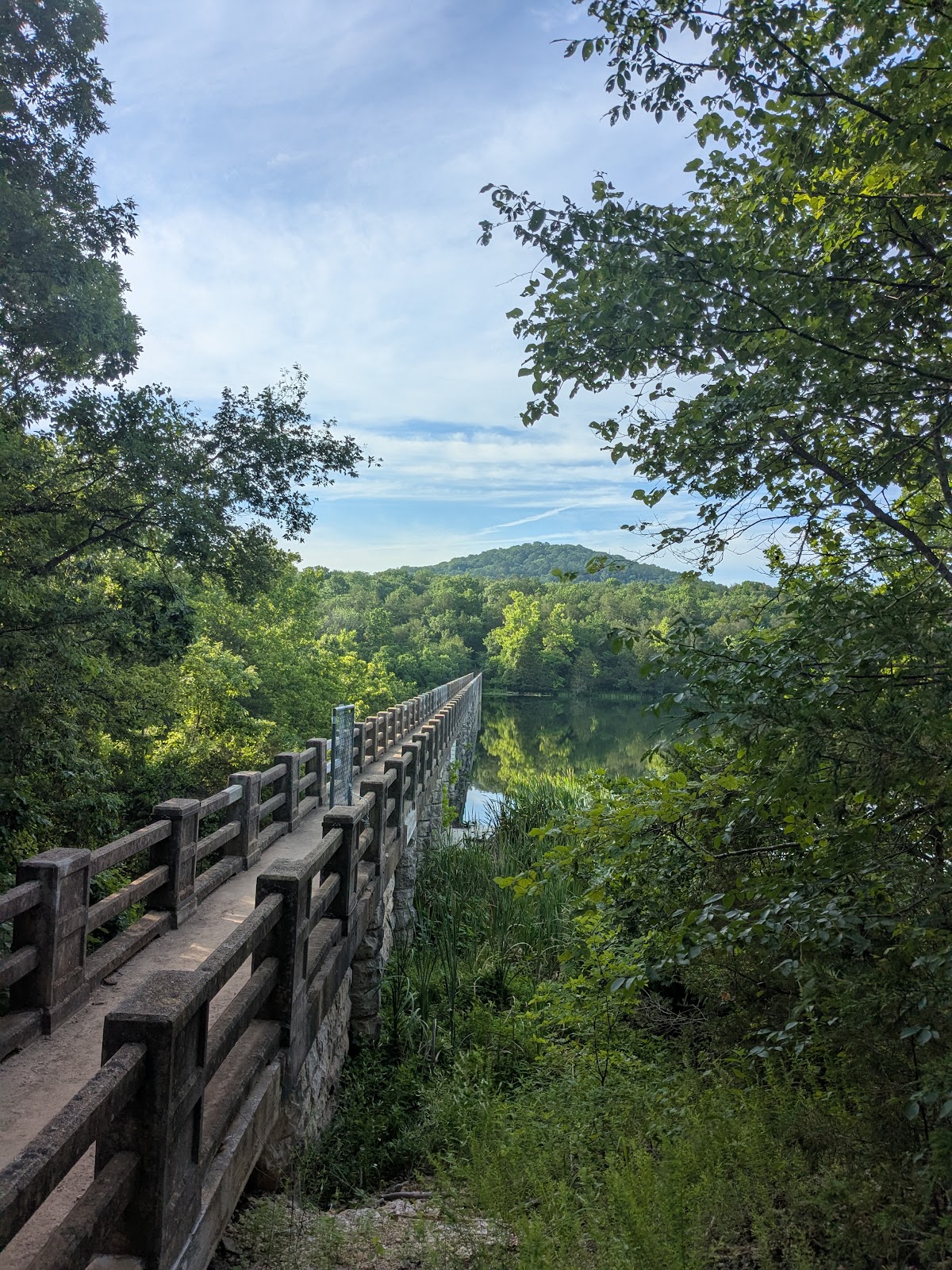Ooops!
My rendition of the Paris Municipal Guard, which served in the Iberian Peninsula has been a rather humbling one. I typically prime my figure and then undercoat with a thinned brown wash to accentuate detail and naturally deepen the color of recessed areas. This is all well and good for typical French or British uniforms, and my intention was to paint these in the early war green coats with red facings, but in the end I decided to go with the later war white uniforms. So now I am painting white over brown, which is a pain, as I like to use thinned paint.
 |
| Here they are ready for painting. Many thanks to Nigel who provided the Hinton Hunt Fusiliers making up the rank and file! |
 |
| Old Guard Grenadiers will serve as the elite companies, as both Grenadiers and Voltigeurs wore the bearskin! |
 |
| I played around with trying a one coat vs a two-coat application of the white, but in the end went with a one coat application that will need to be augmented in raised areas. |
 |
| Here is the battalion in progress with a Grenadier NCO accompanying the eagle bearer as well as a drummer and a Lieutenant from the Grenadier company leading the command section. |
 |
| I've also been playing around with some Grenadiers for a combined regimental Grenadiers force of a light infantry regiment. Here is an unusual uniform but one that is quite plausible, as many grenadier companies did use the colpack, and in this case have replaced their trousers with local Spanish cloth. |
 |
| Here is a French 6 inch howitzer by Hinchliffe from their 20mm equipment line, that I was lucky enough to procure. It is destined to serve in a horse artillery battery. |
Road Trip!
Cindy and I were lucky enough to hit the road last week and go to the Ozarks for a few days. It was a lovely break in the routine!
 |
| Up on the balcony of the Crescent hotel after enjoying a simple pizza dinner. |
 |
| The pizza was meh, but the view was stunning! |
 |
| Spillway creek from Leatherwood Lake. We saw a whole family of river otters here! You can barely make out a Great Blue Heron in the distance. |
 |
| This was a wacky find. Just beyond the damn is an old Civilian Conservation Corps (CCC) stone quarry. Someone had taken the time to make a meditation spiral with the loose stones! |
 |
| The path above the damn. The damn itself was a beautiful affair made from quarried stone. |
 |
| A lovely dinner on the back porch of our B&B with deer grazing below us. |
 |
| Elkhorn Tavern at the Pea Ridge National Battlefield. I knew nothing about this battle and we just stumbled upon the battlefield. The park is huge and was the sight of a large civil war battle that by and large decided the contest west of the Mississippi for the Union. The tavern served as a hospital for both sides. The current building is a reproduction, as the original was burned by the confederate army. |
 |
| Cindy enjoyed the impromptu tour of the battlefield, and honestly, the park had some of the most beautiful vistas we were to see during the whole trip! |
OK, Enough Distractions - Back to Painting!



















Oh dear! It's quite a psychological barrier to progress when one feels one has made a bad start. I felt exactly the same painting the Irish Legion. I think you're well on the way to something quite spectacular now though. I love the voltigeurs!
ReplyDeleteWhat an amazing trip! Must have been a bit spooky stumbling onto a battlefield like that.
Thanks WM. If they come out half as well as your Irish I will be very pleased. The voltigeurs are particularly unusual with the bearskin, so I am very eager to see how they turn out!
DeleteWe really did luck out on our travels with the Pea Ridge battlefield site. I had literally just seen a battlefield road name and asked Cindy to do a quick google search for battlefields near us, when we drove right by it on the highway. I turned in just as the visitor center was closing, but they let me in anyway and gave me a quick orientation to the road tour around the battlefield, and we were off on the tour. Cindy was incredible, as we had spent all day at the Crystal Bridges museum, but she was up for more and was actually quite interested in the history of the area and of the battle!
It's a good idea to represent the battalion of the Paris Guard engaged in Spain. This unusual unit is rarely seen on wargame tables. It's also a challenge because its companies are distinguished by a distinctive uniform, which is not limited solely to its color.
ReplyDeleteThe Paris Guard is not a unit of the Imperial Guard.
The grenadier companies wear a bearskin similar to that of the line infantry. The brass badge is adorned with a simple grenade, not the imperial eagle. The top of the bearskin (called a monkey's tail) is red with a white cross, as in the line. Only the grenadiers of the Imperial Guard wore a white grenade from 1808 onward.
The voltigeur companies wear a bearskin without a badge; the plume is green with a yellow top. Unlike the voltigeurs, the collar is not buff-yellow but the distinctive green or scarlet color, depending on the regiment. Oddly enough, this light company is sometimes referred to as the chasseur company.
https://fr.shopping.rakuten.com/offer/buy/54816355/Collectif-Soldats-Napoleoniens-N-11-L-habit-Blanc-Revue.html
This magazine features a richly illustrated ten-page article on the history, organization, composition, and uniforms of the units of the Paris Guard. It is, of course, written in French.
Thanks so much French Follower! This has been a difficult unit to research and there are a few discrepancies with what you have said and the sources I have: https://stefanov.no-ip.org/MagWeb/ageofnap/21/an21gard.htm. Primarily the color of the Voltigeur collar and "Monkey Butt". There seems to have been disagreement on whether there was a cul de singe for the Voltigeur company, and I had not heard that the brass plate was absent. It is shown as present in the images I have found, but that may not be definitive. The collar is also described as yellow, not green. I look forward to reading the article you linked to help answer these questions!
Delete
Delete1 814 / 5 000
keyboard
The link you provided is interesting. There's an error regarding General Dupont de l'Etang's defeat in Spain, but I think you've spotted it. The name of the Battle of Bailen appears in the footnotes.
I have Doctor Hourtoulle's book, illustrated by Jack Girbal, which gives the voltigeurs a yellow collar and the top of the plume.
In the link you provided, it clearly states that the light company was first called "chasseurs," then "chasseurs-voltigeurs," and finally "voltigeurs." It was during this latter period that they probably adopted yellow as their distinctive color.
At the time of the creation of the Paris Guard, the collar was red for the 1st Regiment and green for the 2nd for all companies. A battalion from each of the two regiments of the Paris Guard was engaged in the Siege of Danzig in 1807. They had to cross Germany. I believe this is when Kolbe designed them in their first uniform.
https://www.addict-figurines.com/t12803-garde-de-paris-grenadier-du-2e-regiment-1807-mm54mm
Did the change in the distinctive color of the "voltigeur" companies take place before or after the Spanish campaign?
https://www.police-nationale.net/garde-republicaine/
https://imagesdesoldats.fr/fr/infanterie-de-ligne/455-le-2e-regiment-de-la-garde-de-paris-1804-1812.html
https://imagesdesoldats.fr/fr/infanterie-de-ligne/1172-le-2eme-regiment-de-la-garde-de-paris-2-et-3-1804-1812.html
Did the elite companies still wear the bearskin or the shako?
What is certain is that the grenadiers' bearskin bears a brass plate with a grenade and a red "monkey's butt" with a white cross, and that the "chasseurs" wear neither, unlike the foot chasseurs of the Imperial Guard.
Thanks as always! I have corrected the Voltigeurs bearskins, using greenstuff to cover the brass plate and Monkey butt. I must admit I missed that detail even though we are clearly using many of the same sources, so I appreciate you bringing it to my attention. I had determined to leave the collar yellow, as I believe for 1812, that would be the most likely color.
DeleteI agree with you. I think that in 1812, the "votigeurs" of the Paris Guard, to assert their status as an elite company, wore a yellow collar and top of the plume.
DeleteIt's important to point out that this yellow was bright yellow, even lemon yellow, when it should have been buff yellow. likd the line infantery.
I think that in 1812, all companies were required to wear the shako, but like you, I prefer to give them the elite companies their old bearskin. It's so much prettier. In your place, I would have made the same choice.
I think the important thing was to distinguish the bearskin of the Paris Guard from those of the Imperial Guard. I think that's acted.
For the French, the Paris Guard is not our favorite units . Because of the defeat at Baïlen and the Paris Guard's murky role in the Malet affair.
So you won't be surprised if I tell you that, I'm a former senior staff officer in the French army with a passion for uniformology.
Thanks as always for your help!
DeleteAn interesting read about your travails on the painting front, but you have made great progress on them, Your trip looks stunning, lovely photos.
ReplyDeleteThanks Donnie. It was really good to get away for a bit and I love taking road trips with my dear one. I guess after 36 years of marriage, if you still look forward to spending eight hours together in a car on a road trip you are doing pretty well!
DeleteThese are coming along nicely David…
ReplyDeleteI always feel I have taken the wrong approach when I start painting white…
But after some screaming and good old fashioned cussing it all seems to work out…
That looks like a fantastic break you had… Loved the stone spiral…
All the best. Aly
My minifig s-series Spanish Grenadiers are waiting in the wings for their treatment ala Aly. I am leaving them primed white!
DeleteLook forward to seeing these completed, as others have said this is an interesting unit (looking at creating this unit , but for 1813 campaign in Germany, bit confused as to uniforms - green for early Spain, white for later Spain, not sure for Germany? Will keep looking).
ReplyDeleteLook forward to seeing all together. This is a great division.
Very nice grenadier unit (Nassau?).
All the best
Paul
Paul, you have sharp eyes! While the Grenadiers are for a line Legere regiment, the officer and the two NCOs on the left are actually Nausau castings. Look forward to seeing what you can do with this unit!
DeleteLike the pictures of Pea Ridge, the trans-Mississippi campaign is very interesting, bit different to the eastern theatre.
DeleteI looked up the battle in McPherson's Battle Cry of Freedom, but was disappointed to only find a couple of pages. I'll have to give ole Shelby Foote a look next!
DeleteThanks for the update, I was wondering what had happend to the Paris Guard. I know it's too late now, but I would recommend using very pale grey rather white for the first coat - I actually use Humbrol Duck Egg Blue (H23) which looks grey but is not as dreary as a grey mixed up just using black and white. A few white highlights over this makes for quiet a good white uniform.
ReplyDeleteYour break in the Ozarks (sounds painful?) looked really enjoyable and I am truly impressed with how well you must've kept a straight face while telling Cindy you had no idea there was battlefield there.
Thanks Rob. The base coat is actually a mix of off-white and cream, so hopefully there will be enough contrast to highlight with a brighter white. I genuinely did not know about the battle of Pea Ridge and it turned out to be quite a pivotal one, so I blame my high school history teacher! Cindy was awesome and was genuinely interested to learn what happened there - or faked it really well!
DeleteNice Paris Guard, there's a nice guide on the instructions for the Perry plastic infantry 1807 to 1813, they're actually quite useful little guides, I was tempted but then I was also tempted by the kingdom of Naples!
ReplyDeleteBest Iain
Ooh! You don't happen to have a copy do you? I'd love to see a drummer. Right now I am opting to go with a drummer dressed as an Ode to the previous uniform with green jacket and red facings.
DeleteConcerning the uniform of the drummers of the two regiments of the Paris Guard, the information diverges.
DeleteThree periods must be distinguished:
- 1802-1808 the first regiment wore a green coat with red lapels, the second regiment wore a red coat with green lapels. The booklet provided by the Perry brothers gives the drummers the reversed outfit. Jack Gribal's illustration in Doctor Hourtoulle's book gives the drummers the same outfit as the troop without any particular distinction.
- 1808-1812 after the adoption of the white coat distinguished by green in the first regiment and red in the second regiment, the Perry brothers gave the drummers exactly the same outfit as the troop (as in Doctor Houtoulle's book).
https://www.abebooks.fr/servlet/BookDetailsPL?bi=660513088 In 1812,
- Colonel Bardin's reform imposed on all musicians: line infantry drummers, light infantry cornets and cavalry trumpets, the green imperial livery distinguished by the Emperor's green and yellow braid. The Paris Guard was dismissed on December 30, 1812 after General Malet's attempted coup d'état; it is unlikely that it was affected by the Bardin reform, which would not really apply until 1813.
I was lucky enough to see the Pea Ridge battlefield on a business trip to Bentonville, AR a few years ago. Do you live in the region?
ReplyDeleteI was visiting as well. It was my first time to Arkansas and the Ozarks.
Delete